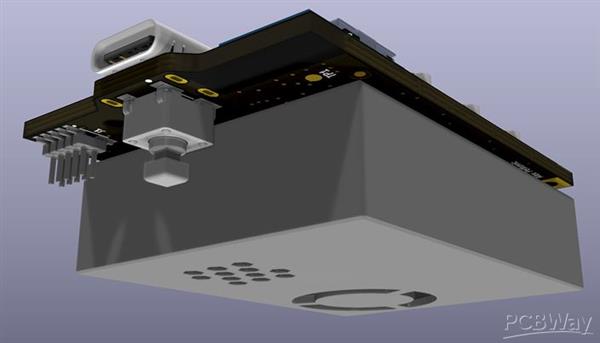Project Canary
Introduction
As wildfires burn, a variety of airborne particles and harmful gases are released into ambient surroundings. Pollutants, including fine particulate matter (PM), volatile organic compounds (VOCs), nitrogen dioxide (NO2), sulphur dioxide (SO2), and ozone (O3), contribute to the poor air quality experienced in areas adjacent to wildfires. Perhaps the most relevant pollutant that is emitted by wildfires is fine particulate matter, specifically that measuring less than 2.5 μm in size (PM2.5). Reports have shown that in the vicinity of the wildfires, dangerous levels of PM2.5 are present, surpassing the World Health Organization's maximum recommended daily exposure of 25 μg/m3 by a factor of 10. The incredibly small nature of these particles means that it can be easily inhaled deep into the lungs, causing lasting damage.
The Need
Improvements to air quality monitoring have the potential to contribute to resilient infrastructure and inclusive, safe, and sustainable cities by providing the situational awareness needed to adapt quickly to health concerns. Poor air quality continues to have significant health and economic impacts on those living in wildfire-prone regions, particularly in urban areas. As a result, a method to educate and inform people about the effects and onset of poor air quality conditions is required. While some solutions exist, they are generally not portable and if they are they do not provide a wide range of pollutant measurements.
The Solution: Project Canary
A University of Waterloo Undergraduate Mechatronics Engineering 3rd Year Project
Project Canary is a compact, connected, portable air quality monitor that is capable of detecting dangerous particulate matter and hamful gasses. It can indicate measurements directly though LEDs and a buzzer, but will also connect to the users phone over BLE for more in-depth analysis and to upload data to the cloud. Below is a sketch of what the completed device may look similar to.

The device will be powered by an internal rechargeable battery, which will be charged via the USB port on the side. It will contain a light-scattering particulate matter sensor, and a PCB with hardware to control and read from this sensor, as well as process measurements and communicate over BLE with a mobile phone. The device also contains an amperometric gas sensor, for measuring toxic gasses like O3, NO2, and SO2, as well as a MOS gas sensor for detecting harmful VOCs.



- Comments(0)
- Likes(2)
 Log in to post comments.
Log in to post comments.


















